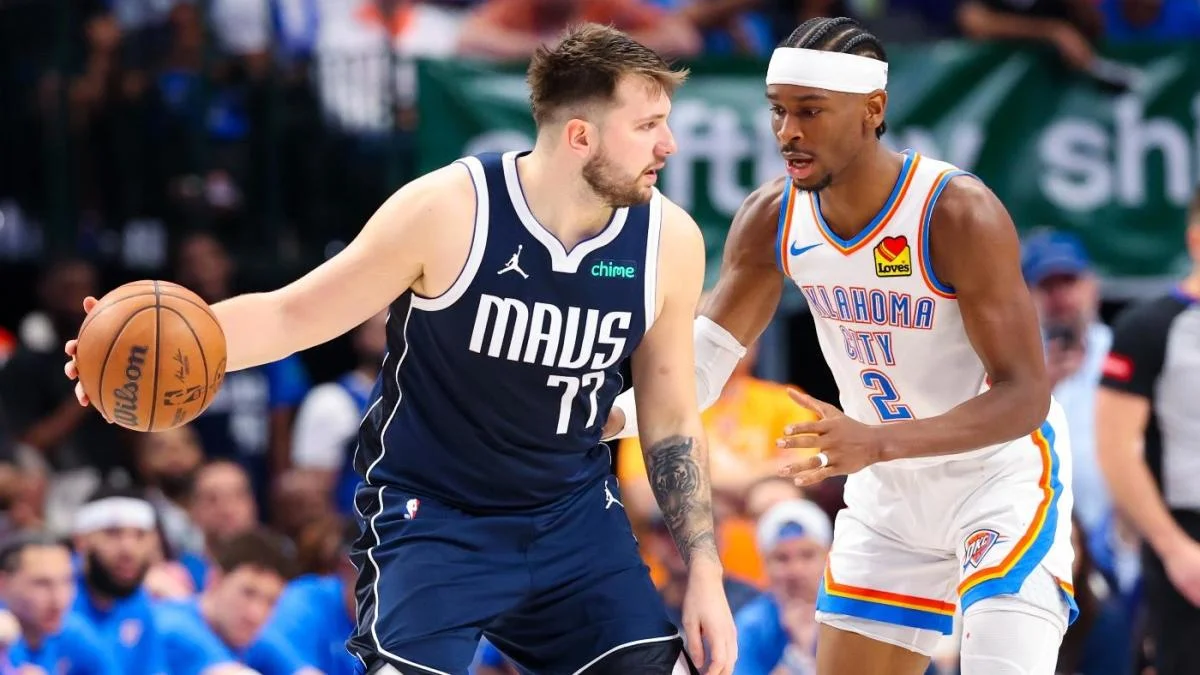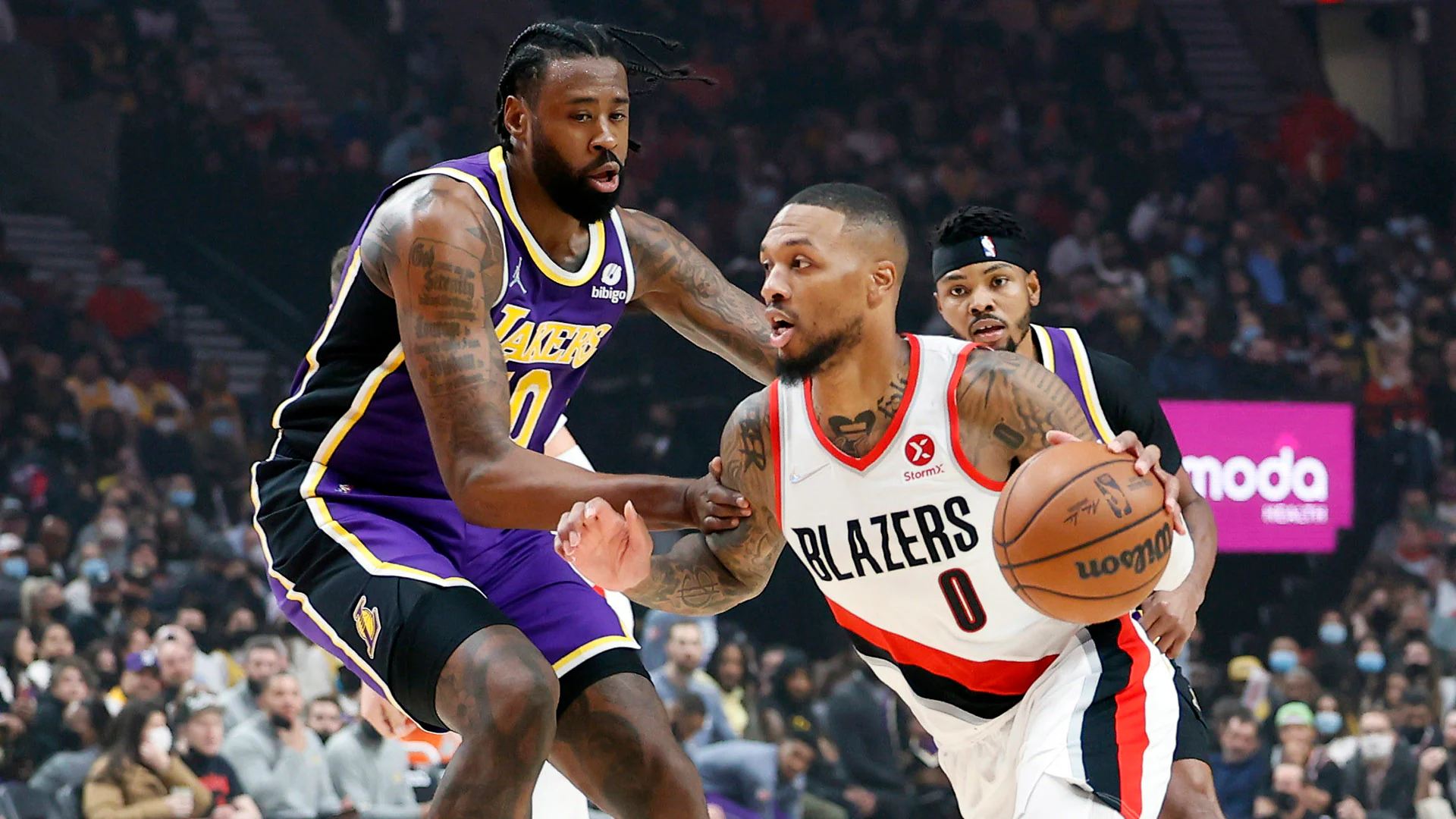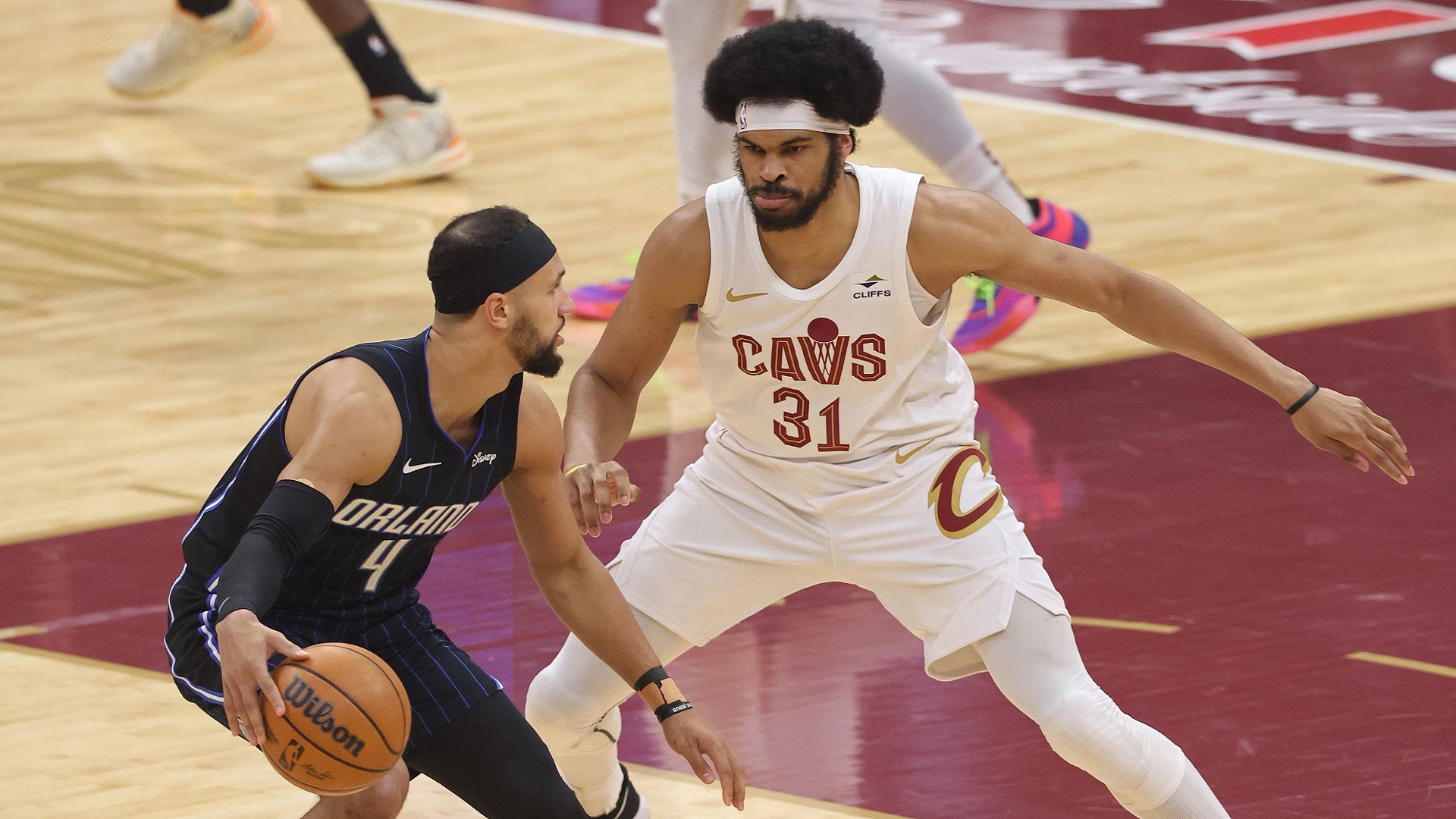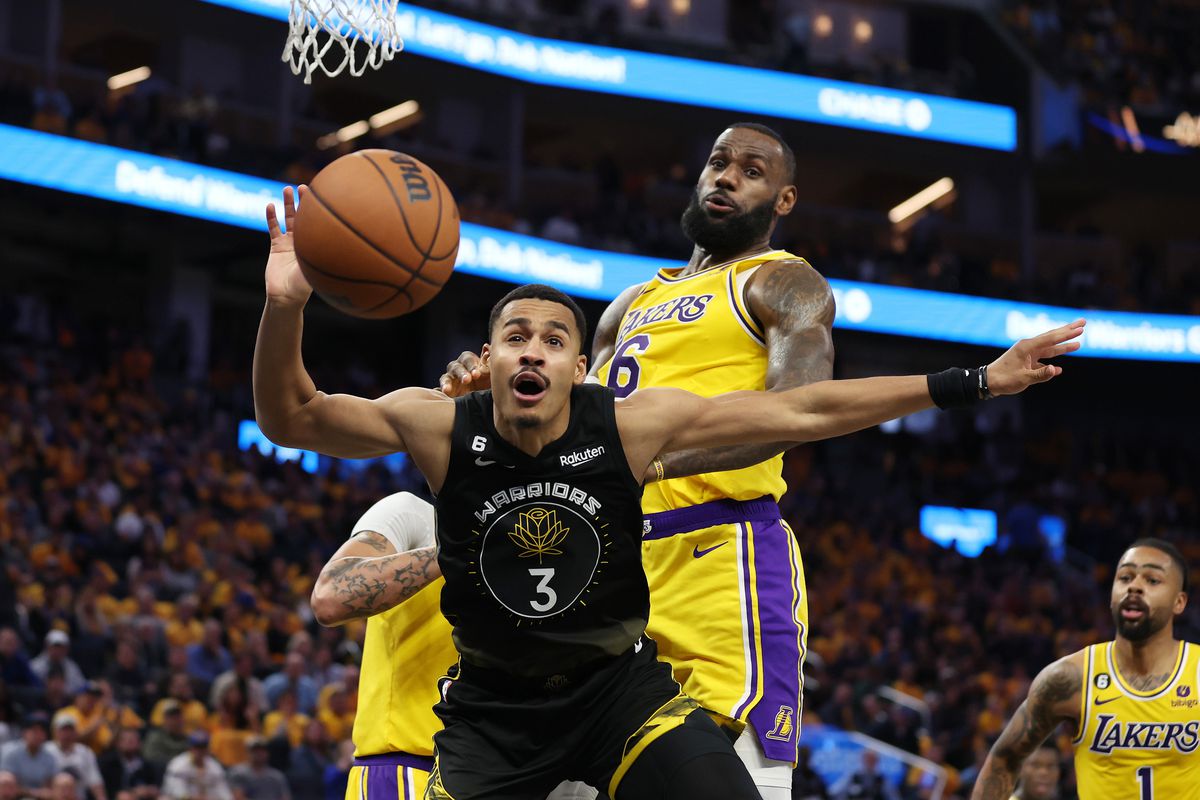Introduction to the Dallas Mavericks vs Timberwolves Match Player Stats
The matchup between the Dallas Mavericks and the Minnesota Timberwolves holds significant importance in the realm of the NBA. Historically, these two franchises have engaged in numerous contests that capture the interest of basketball fans. This rivalry is fueled by contrasting playing styles and memorable moments that have defined their encounters over the years. The Mavericks, established in 1980, have built a reputation as a formidable force, particularly following their championship victory in 2011. Conversely, the Timberwolves, founded in 1989, have experienced fluctuations in performance but have consistently fostered a dedicated following.
As both teams continue to evolve through player acquisitions and strategic coaching, their matchups take on added meaning. Recent seasons have showcased a more competitive atmosphere, with both franchises keen to assert their dominance in the Western Conference. The Mavericks, led by standout players like Luka Dončić, are known for their offensive prowess and versatility. On the other hand, the Timberwolves have developed a core of young talent, highlighted by the presence of Karl-Anthony Towns, who brings a dynamic edge to their gameplay. This tension offers a captivating narrative each time these teams face off on the court.
With their latest encounter, the upcoming statistics surrounding the players will provide critical insights into individual performances and team dynamics. Understanding how these athletes contribute during the game can illuminate broader trends within both teams. As we delve deeper into the analytics, scores, and overall impact of key players, the ongoing rivalry between the Dallas Mavericks and the Minnesota Timberwolves comes to life, reflecting not only their historical competition but also the current landscape of the NBA.
Key Players to Watch in the Matchup
In the upcoming Dallas Mavericks vs Timberwolves match, several standout players from both teams have the potential to significantly influence the game’s outcome. For the Mavericks, Luka Dončić stands out as their primary playmaker and scorer. His exceptional ability to generate offense ranks him among the league’s elite, with averages of approximately 28 points, 9 assists, and 8 rebounds per game this season. Dončić’s versatility allows him to create opportunities not only for himself but also for his teammates, making him a pivotal figure to monitor during the game.
On the Timberwolves’ side, Anthony Edwards emerges as a crucial player to observe. Edwards has been making strides this season, averaging around 24 points, 5 rebounds, and 4 assists. His explosive scoring ability and athleticism provide Minnesota with an offensive spark that can be detrimental to opponents. Additionally, D’Angelo Russell, another key member of the Timberwolves, contributes significantly with his playmaking capabilities and experience, averaging close to 18 points and 6 assists. His ability to control the pace of the game may very well tilt the balance in Minnesota’s favor.
The matchup between Dončić and Edwards, in particular, is noteworthy. Both players possess a unique skill set that can dictate the tempo of the game. While Dončić relies on his court vision and basketball IQ to facilitate plays, Edwards leverages his dynamic scoring and quickness to capitalize on defensive lapses. These contrasting styles could lead to an engaging battle, making it imperative for both teams to establish effective defensive schemes. As the game unfolds, the performances of these key players will undoubtedly be critical in determining the victor of this exciting matchup.

Statistical Analysis of Recent Performances
The recent matchup between the Dallas Mavericks and the Minnesota Timberwolves showcased a variety of individual performances that significantly impacted the game’s outcome. A closer examination of key player statistics reveals both teams’ strengths and weaknesses, providing a comprehensive understanding of their current form in the season.
Starting with the Mavericks, Luka Dončić, as the team’s focal point, delivered an impressive performance. He recorded a shooting percentage of 48% from the field, demonstrating his efficiency in both perimeter shooting and driving to the basket. Additionally, Dončić contributed significantly to ball distribution, notching 10 assists, which highlights his role in facilitating offensive plays. However, his four turnovers may indicate areas for improvement, as maintaining possession is crucial for the Mavericks’ success.
On the other hand, the Timberwolves showcased strong efforts from Anthony Edwards, who excelled with a shooting percentage of 45%. His athleticism and aggressive style of play were evident, particularly as he drove to the basket. Edwards provided substantial scoring from the three-point line, which is a critical aspect of Minnesota’s offensive strategy. He managed to score 25 points, contributing directly to the team’s overall scoring margin.
It is essential to analyze the impact these performances had on team dynamics. The Mavericks displayed a stronger bench contribution, with role players stepping up to enhance their offensive depth. By comparison, the Timberwolves struggled with bench production, relying heavily on their starters to maintain competitive pressure. Infographics illustrating these statistics could further enhance understanding by visually representing the contrast in contributions and performance metrics across both teams.
Overall, a statistical breakdown of player performances from this game underscores the importance of individual contributions to team success, shaping the narrative of the ongoing season for both franchises.
Conclusions and Future Implications
The recent match between the Dallas Mavericks and the Minnesota Timberwolves provided a wealth of statistical insights that can inform future expectations for both teams. Analyzing individual player performances reveals several strengths and weaknesses that, if addressed, could shape the trajectory of the season for both franchises. For instance, the Mavericks displayed commendable offensive cohesion, with key players showcasing their skills effectively. However, their defensive lapses, particularly in the second half, highlight areas ripe for improvement, emphasizing the need for enhanced communication and positioning on the court.
On the other hand, the Timberwolves exhibited resilience and adaptability in their game strategy. Certain players stood out with impressive stats, reinforcing their roles as critical components of the team’s structure. Their ability to capitalize on turnovers and convert them into scoring opportunities signifies a strong offensive presence. Nonetheless, inconsistency in their shooting percentages suggests a need for more rigorous shooting drills and perhaps a reassessment of their shot selection under pressure.
The performances captured in this game will undoubtedly influence expectations for future encounters. As both teams continue their schedules, adjustments based on these findings will be crucial. For the Mavericks, strengthening their defensive schemes could yield significant benefits, particularly against teams with high-scoring capabilities. Meanwhile, the Timberwolves must focus on sustaining their offensive rhythm while ensuring that they maintain balance on the defensive end.
Fan reactions to the game have been mixed, reflecting the passion and investment that supporters have in their respective teams. While the Mavericks’ fans may still feel optimistic about their offensive prowess, Timberwolves supporters find hope in their team’s tenacity. As players and coaching staff absorb these statistical insights, they will play a crucial role in shaping team morale and preparing for the challenges ahead in the ongoing season.













Leave a Reply